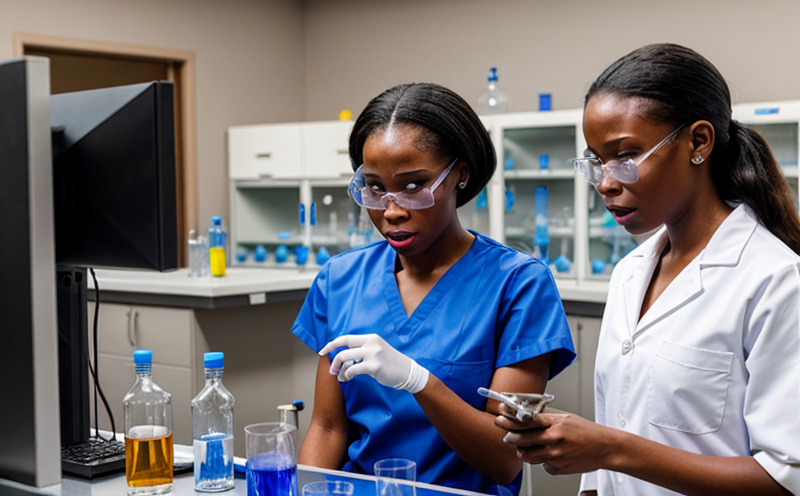
-
Pharmaceutical Compliance-
Pharmaceutical Laboratory Compliance-
Laboratory Personnel Training and Compliance
We provide comprehensive solutions designed to help our clients mitigate risks, enhance performance, and excel in key areas such as quality, health & safety, environmental sustainability, and social responsibility.
Discover
For many years, our organization has been operating successfully, boasting modern laboratories that meet international standards. These laboratories are equipped with the latest technology devices and equipment, and we have built a strong team of experienced and trained personnel to operate them.
DiscoverWelcome to Eurolab, your partner in pioneering solutions that encompass every facet of life. We are committed to delivering comprehensive Assurance, Testing, Inspection, and Certification services, empowering our global clientele with the ultimate confidence in their products and processes.
Discover
-
Pharmaceutical Compliance-
Pharmaceutical Laboratory Compliance-
Laboratory Personnel Training and ComplianceLaboratory Personnel Training and Compliance: Ensuring a Safe and Effective Work Environment
The laboratory setting can be a high-risk environment for personnel, equipment, and the community at large. To mitigate these risks, laboratory personnel must undergo rigorous training and adhere to strict compliance regulations. This article will delve into the importance of laboratory personnel training and compliance, highlighting key points and providing detailed explanations through bullet point format.
Training Requirements
Laboratory personnel training is a critical component in maintaining a safe and effective work environment. The Occupational Safety and Health Administration (OSHA) and the National Institute for Occupational Safety and Health (NIOSH) have established guidelines for laboratory safety, including training requirements. The following are key points to consider:
Topics may include:
Laboratory layout and equipment
Chemical handling and storage
Personal protective equipment (PPE) usage
Biological safety practices
Emergency evacuation procedures
Topics may include:
Regulatory updates
New hazard recognition and mitigation strategies
Equipment operation and maintenance
Emergency response procedures
Topics may include:
Equipment operation and maintenance
Chemical handling and storage
Biological safety practices
Radiological safety procedures
Compliance Regulations
Laboratory personnel must adhere to strict compliance regulations to ensure a safe work environment. The following are key points to consider:
Key points include:
Personal protective equipment (PPE) usage
Hazard communication standard (HCS)
Laboratory standard (29 CFR 1910.1450)
Key points include:
Laboratory design and layout
Chemical handling and storage
Biological safety practices
Radiological safety procedures
QA Section
The following QA section provides additional details on laboratory personnel training and compliance:
1. What is the purpose of initial training for laboratory personnel?
Initial training aims to equip new employees with the knowledge and skills necessary to work safely in a laboratory setting.
2. How often should refresher training be conducted?
Refresher training should be conducted annually or as needed to ensure that laboratory personnel remain aware of changing regulations, new hazards, and updated safety protocols.
3. What are the key components of job-specific training for laboratory personnel?
Job-specific training may include instruction on specific equipment operation, chemical handling and storage, biological safety practices, and radiological safety procedures.
4. Which regulatory agencies provide guidelines for laboratory safety?
OSHA and NIOSH have established guidelines for laboratory safety, including requirements for training, hazard recognition, and emergency response protocols.
5. What is the purpose of compliance regulations in a laboratory setting?
Compliance regulations aim to ensure a safe work environment by requiring laboratory personnel to adhere to strict guidelines and protocols.
6. What are some key points to consider when developing a laboratory safety program?
Key points may include:
Laboratory design and layout
Chemical handling and storage
Biological safety practices
Radiological safety procedures
Personal protective equipment (PPE) usage
Hazard communication standard (HCS)
Laboratory standard (29 CFR 1910.1450)
7. How can laboratory personnel ensure ongoing compliance with regulations?
Laboratory personnel should remain informed about changing regulations and updates to safety protocols through regular training sessions, seminars, or workshops.
In conclusion, laboratory personnel training and compliance are critical components in maintaining a safe and effective work environment. By adhering to strict guidelines and regulations, laboratory personnel can minimize risks, ensure efficiency, and contribute to the overall success of the laboratory setting.

Environmental Impact Assessment
Environmental Impact Assessment: A Comprehensive Guide Environmental Impact Assessment (EIA) is a c...

Pharmaceutical Compliance
Pharmaceutical compliance refers to the adherence of pharmaceutical companies and organizations to l...

Consumer Product Safety
Consumer Product Safety: Protecting Consumers from Harmful Products As a consumer, you have the rig...
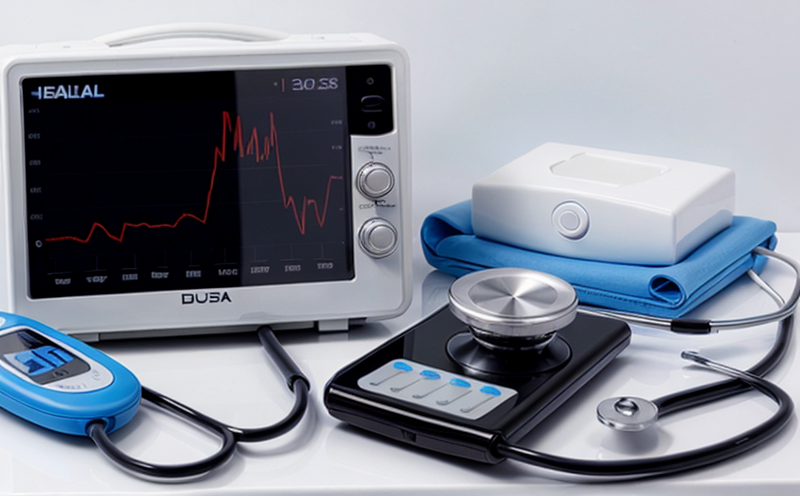
Healthcare and Medical Devices
The Evolution of Healthcare and Medical Devices: Trends, Innovations, and Challenges The healthcare...

Construction and Engineering Compliance
Construction and Engineering Compliance: Ensuring Safety, Quality, and Regulatory Adherence In the ...

Military Equipment Standards
Military Equipment Standards: Ensuring Effectiveness and Safety The use of military equipment is a ...
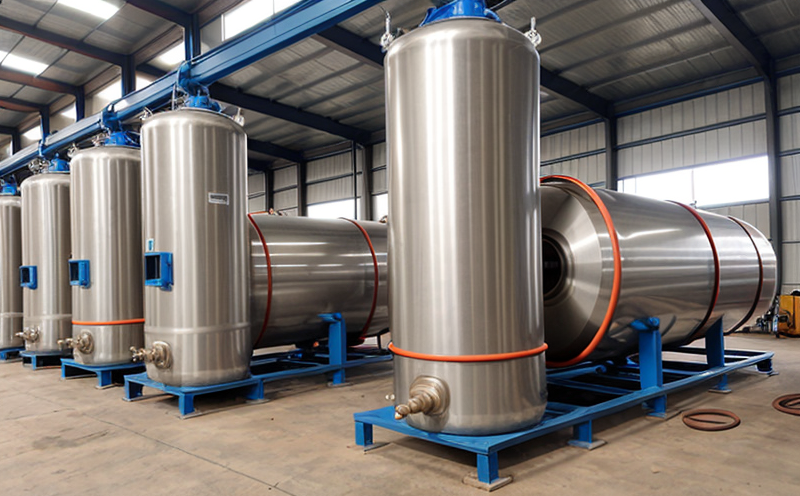
Pressure Vessels and Installations Testing
Pressure Vessels and Installations Testing Pressure vessels are a critical component of various ind...

Trade and Government Regulations
Trade and government regulations play a vital role in shaping the global economy. These regulations ...

Agricultural Equipment Certification
Agricultural equipment certification is a process that ensures agricultural machinery meets specific...

Environmental Simulation Testing
Environmental Simulation Testing: A Comprehensive Guide In todays world, where technology is rapidl...

NEBS and Telecommunication Standards
Network Equipment Building System (NEBS) and Telecommunication Standards The Network Equipment Bu...

Energy and Sustainability Standards
In today’s rapidly evolving world, businesses face increasing pressure to meet global energy a...

Railway Industry Compliance
Railway Industry Compliance: Ensuring Safety and Efficiency The railway industry is a critical comp...

Electromechanical Safety Certification
Electromechanical Safety Certification: Ensuring Compliance and Protecting Lives In todays intercon...

Fire Safety and Prevention Standards
Fire Safety and Prevention Standards: Protecting Lives and Property Fire safety and prevention stan...
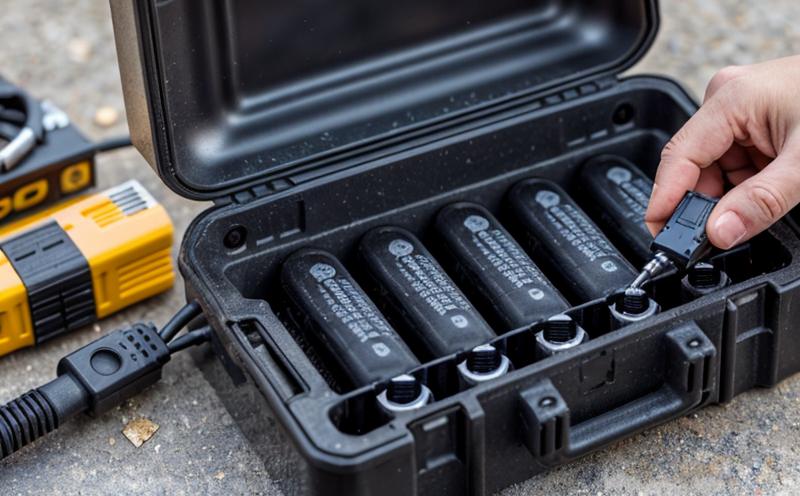
Battery Testing and Safety
Battery Testing and Safety: A Comprehensive Guide As technology continues to advance, battery-power...

Electrical and Electromagnetic Testing
Electrical and Electromagnetic Testing: A Comprehensive Guide Introduction Electrical and electrom...

Renewable Energy Testing and Standards
Renewable Energy Testing and Standards: Ensuring a Sustainable Future The world is rapidly transiti...
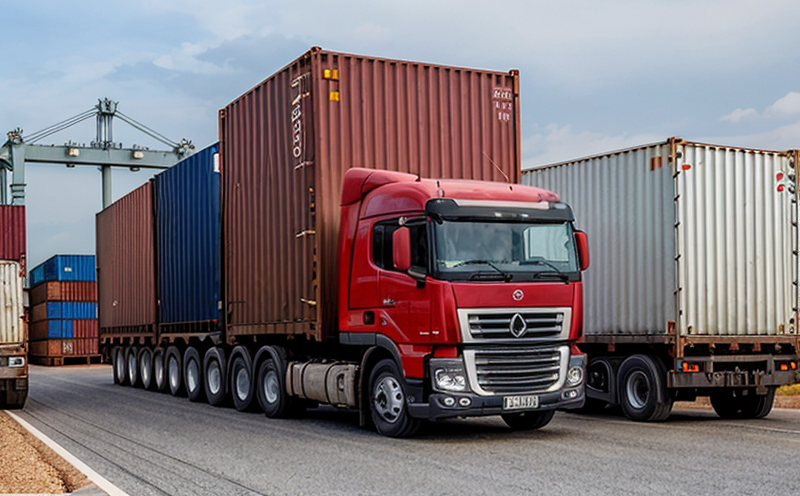
Transportation and Logistics Certification
Transportation and Logistics Certification: A Comprehensive Guide The transportation and logistics ...
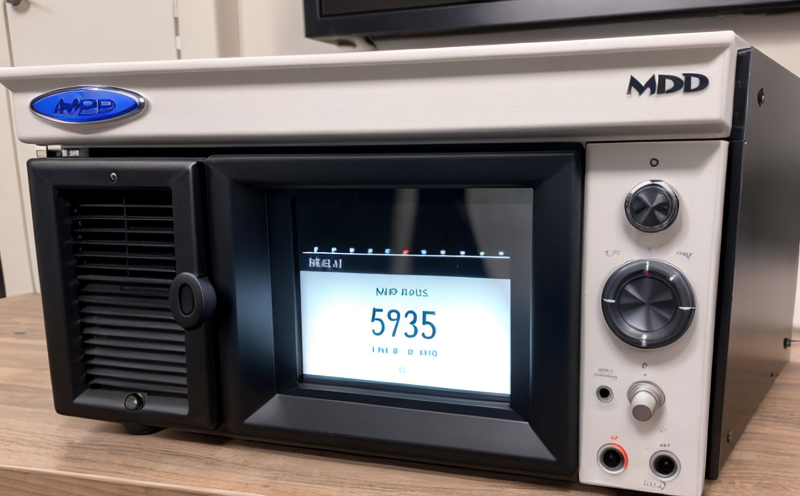
MDR Testing and Compliance
MDR Testing and Compliance: A Comprehensive Guide The Medical Device Regulation (MDR) is a comprehe...
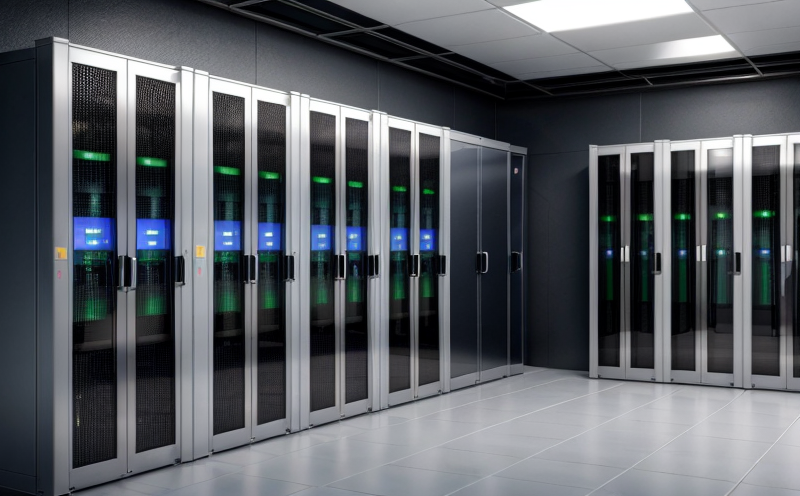
IT and Data Center Certification
IT and Data Center Certification: Understanding the Importance and Benefits The field of Informatio...

Product and Retail Standards
Product and Retail Standards: Ensuring Quality and Safety for Consumers In todays competitive marke...
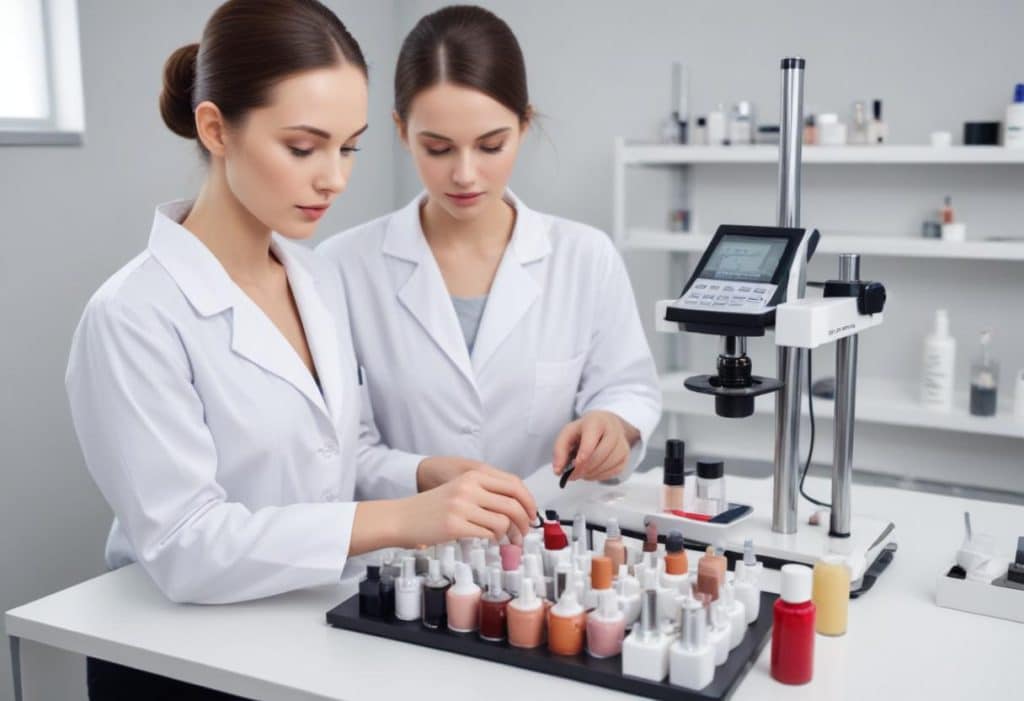
Cosmetic Product Testing
The Complex World of Cosmetic Product Testing The cosmetics industry is a multi-billion-dollar ma...

Hospitality and Tourism Certification
Hospitality and Tourism Certification: Unlocking Opportunities in the Industry The hospitality and ...

Chemical Safety and Certification
Chemical safety and certification are critical in ensuring the safe management of products and proce...
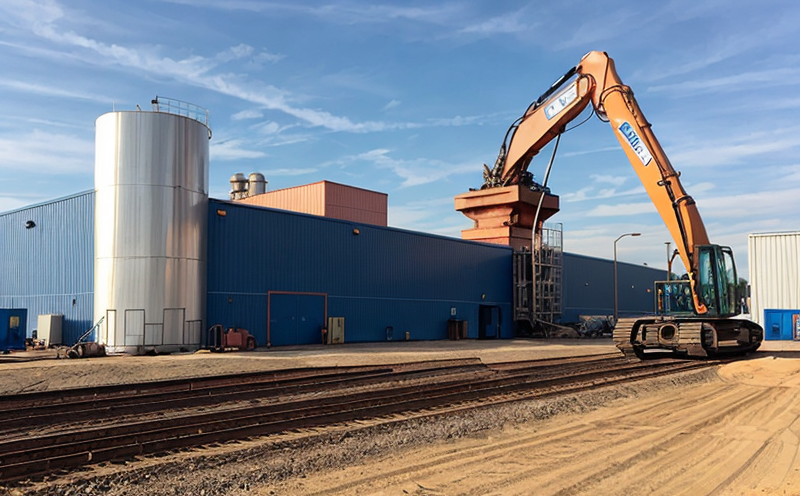
Industrial Equipment Certification
Industrial equipment certification is a critical process that ensures industrial equipment meets spe...
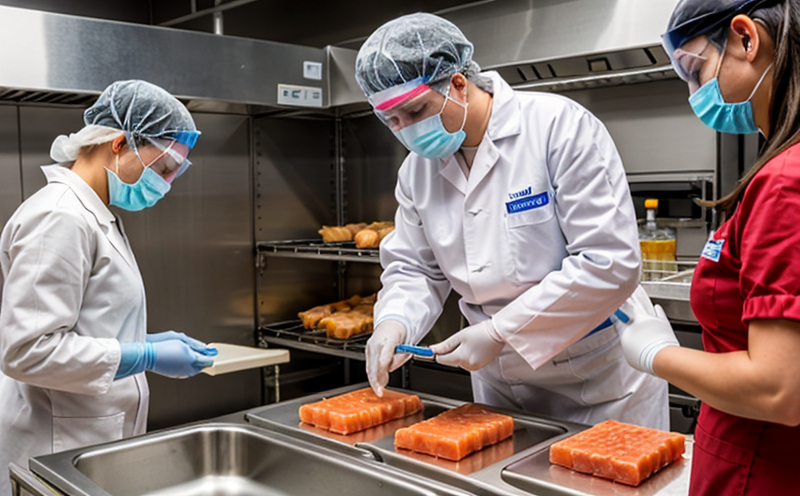
Food Safety and Testing
Food Safety and Testing: Ensuring the Quality of Our Food As consumers, we expect our food to be sa...

Aviation and Aerospace Testing
Aviation and Aerospace Testing: Ensuring Safety and Efficiency The aviation and aerospace industr...

Automotive Compliance and Certification
Automotive Compliance and Certification: Ensuring Safety and Efficiency The automotive industry is ...

Lighting and Optical Device Testing
Lighting and Optical Device Testing: Ensuring Performance and Safety Lighting and optical devices a...